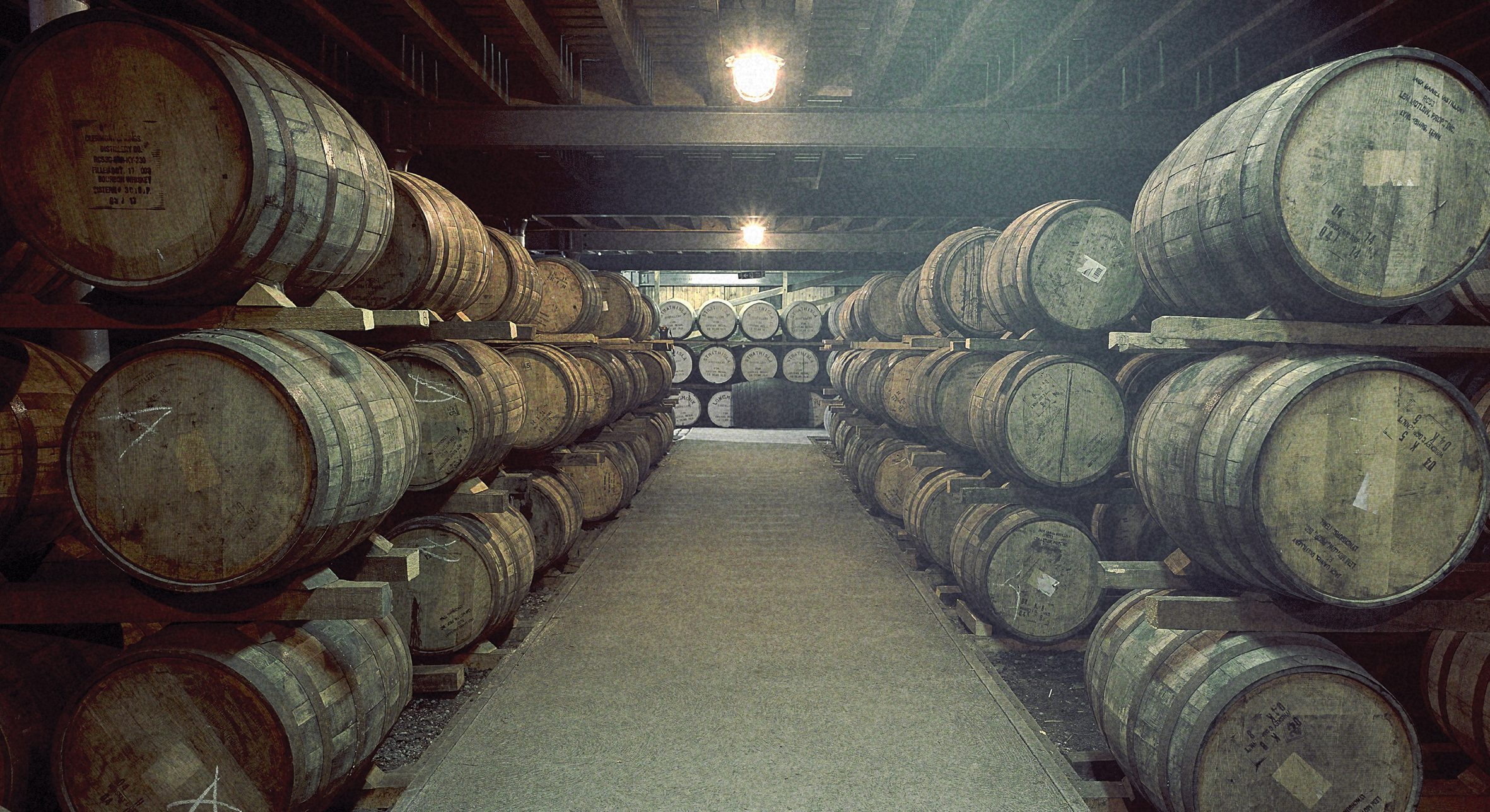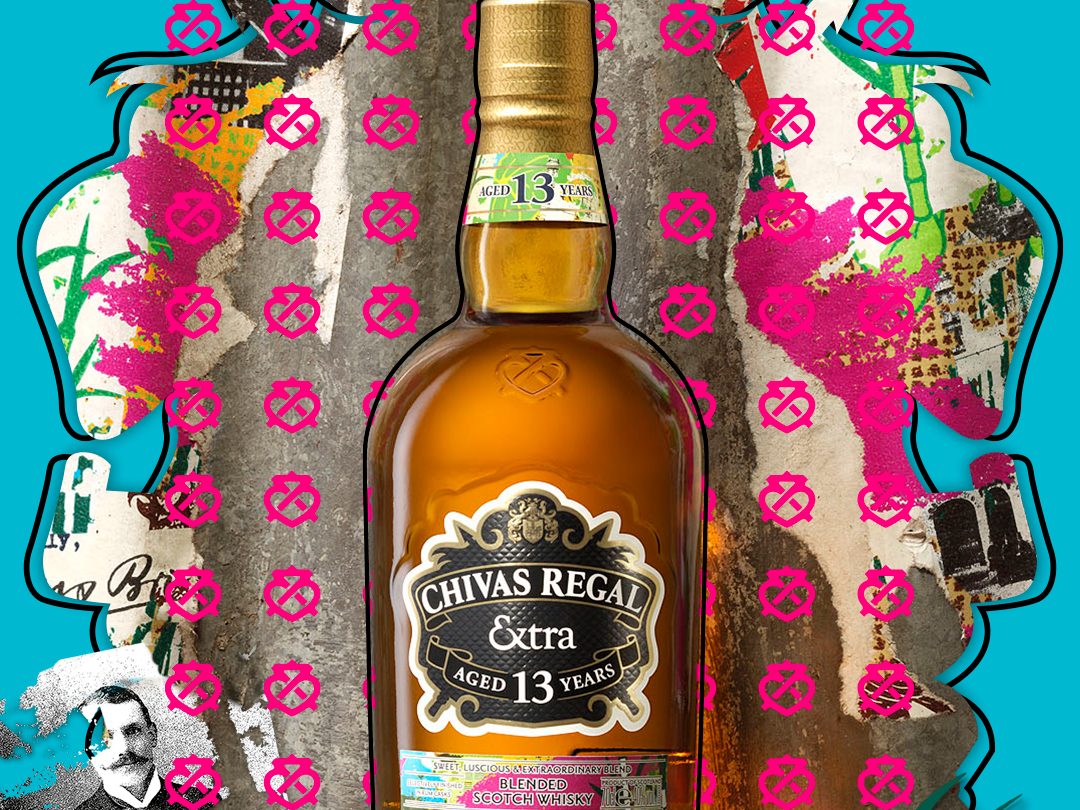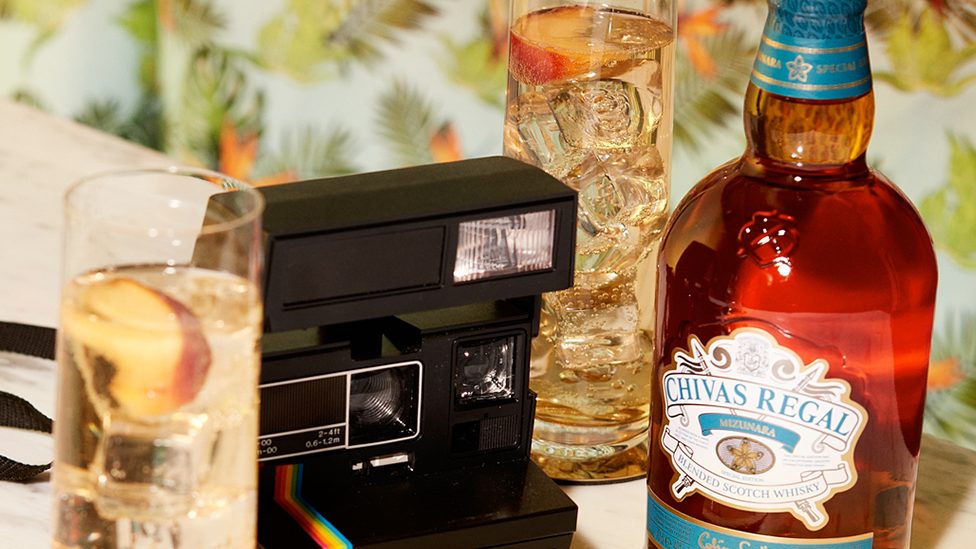
QUY TRÌNH Ủ WHISKY:
MỌI THỨ ĐỀU XOAY QUANH THÙNG Ủ

Từ phương pháp ủ trưởng thành truyền thống cho đến việc sử dụng các loại thùng chứa khác nhau, hãy để chúng tôi đưa bạn đến với thế giới ủ hoàn thiện rượu bằng thùng ủ
Nếu chỉ vừa bắt đầu hành trình tìm hiểu về rượu whisky thì có thể bạn đang băn khoăn rằng “thùng ủ là gì?”. Đừng lo, chúng tôi sẽ giúp bạn giải đáp thắc mắc này. Thùng ủ (hay còn được gọi là “thùng chứa”) đơn giản là loại thùng lớn bằng gỗ, có vòng nẹp cố định bằng gỗ hoặc kim loại, thường được sử dụng để ủ trưởng thành rượu mạnh và rượu vang. Vì vậy, thùng ủ hoàn thiện là loại thùng chứa rượu whisky trong quá trình ủ trưởng thành, hoặc ủ hoàn thiện sau thời gian ủ trưởng thành ban đầu.
Rượu whisky luôn được ủ trưởng thành trong thùng ủ, nhưng quá trình ủ hoàn thiện có thể ảnh hưởng rất lớn đến hương vị cuối cùng của rượu. Rượu whisky Scotch luôn được ủ trưởng thành trong khoảng thời gian được ghi trên nhãn (hoặc tối thiểu là ba năm), nhưng rượu whisky này có thể được ủ thêm trong các thùng chứa từng được dùng trong quá trình ủ trưởng thành của các loại rượu mạnh khác, ví dụ như rượu vang hay sherry. Một điều quan trọng cần biết là nếu rượu whisky được ủ thêm trong loại thùng ủ khác, ví dụ như thùng ủ rượu rum thì rượu whisky sẽ không mang hương vị của rum. Thay vào đó, thùng ủ sẽ giúp làm dậy lên hương vị bên trong rượu whisky nhờ trích xuất ra các tầng hương vị trái cây trong rượu rum.
Khi tìm hiểu về các loại whisky và những phương pháp ủ hoàn thiện bằng thùng ủ khác nhau, có thể bạn sẽ thắc mắc về sự khác nhau giữa whisky được ủ đơn và whisky ủ kép. Rượu whisky ủ đơn có nghĩa rằng loại whisky này dành toàn bộ thời gian ủ trong duy nhất một thùng ủ. Trong khi đó, điểm khác biệt giữa whisky ủ kép và ủ ba lần (hoặc nhiều hơn nữa) là rượu whisky sẽ được ủ trong nhiều loại thùng chứa trước đây từng được sử dụng để ngâm ủ các loại rượu mạnh khác nhau.
Dù được ủ hoàn thiện theo phương pháp nào thì đây cũng là công đoạn không thể thiếu khi ngâm ủ whisky.

Chúng tôi đã phỏng vấn Bậc thầy pha chế Sandy Hyslop về quá trình ủ trưởng thành rượu whisky và vai trò của công đoạn này trong việc tạo nên các dòng rượu Chivas…
Có bao nhiêu phương pháp ủ hoàn thiện rượu bằng thùng ủ khác nhau?
“Bạn cần phải hiểu được sự khác nhau giữa ủ hoàn thiện có chọn lọc và ủ trưởng thành có chọn lọc trong quá trình ngâm ủ whisky. Khi ủ hoàn thiện có chọn lọc một sản phẩm, chúng tôi sẽ lấy một phần rượu whisky để đưa vào một thùng chứa vừa được dùng để ủ rượu khác, ví dụ như tequila hoặc rượu lúa mạch đen. Sau đó, phần rượu bên trong thùng ủ sẽ được theo dõi thường xuyên để kiểm tra sự thay đổi hương vị. Do tính chất của mỗi thùng khác nhau nên sự thay đổi cũng như thời gian để làm dậy lên hương vị trong mỗi thùng ủ cũng rất khác nhau. Đây là quá trình cần được tùy chỉnh thủ công trong phòng pha chế.
“Với ủ trưởng thành có chọn lọc, phần rượu hoàn toàn được ủ trong thùng ủ trưởng thành – nên với Chivas Extra 13 Sherry Cask, một phần rượu whisky Scotch pha trộn được ủ 13 năm đầu đời trong thùng gỗ sồi Oloroso Sherry.
“Khi lựa chọn thùng ủ hoàn thiện, ta cần phải cân nhắc đến lịch sử ngâm ủ của chiếc thùng đó. Khi sử dụng thùng ủ cho để ủ trưởng thành trong thời gian dài (15 năm hoặc hơn), việc ủ trong thùng ủ sử dụng lần thứ hai hoặc lần thứ ba sẽ mang đến hương vị tuyệt vời, cân bằng giữa hương vị đặc trưng đến từ thùng ủ và phần chưng cất (rượu whisky mạnh trước khi được ủ trưởng thành). Nếu phần chưng cất được ủ lâu dài trong thùng ủ sử dụng lần đầu, hương vị đến từ thùng ủ sẽ rất mạnh và lấn át hoàn toàn các hương vị khác. Tuy nhiên, với các loại rượu được ủ trưởng thành trong thời gian ngắn hơn, các thùng ủ sử dụng lần đầu là loại lý tưởng để nhanh chóng làm dậy lên hương vị của rượu.”
Vì sao thùng ủ hoàn thiện có vai trò quan trọng với Chivas?
“Dù được ủ hoàn thiện có chọn lọc hay ủ trưởng thành có chọn lọc, tôi muốn mọi thành phẩm đều tôn lên hương vị lừng danh của rượu whisky Chivas thay vì tương phản hoặc lấn át hương vị đặc trưng đó. Với riêng dòng sản phẩm Chivas Extra 13, tôi muốn tạo nên sản phẩm mang đặc trưng Chivas, nhưng đa chiều hơn.
“Mỗi sản phẩm thuộc dòng Chivas Extra 13 đều có nền là rượu pha trộn với hương vị đặc trưng nhằm tôn lên và làm dậy hương vị đến từ thùng ủ hoàn thiện. Chúng tôi chọn cách ủ hoàn thiện có chọn lọc hoặc ủ trưởng thành có chọn lọc cho rượu whisky dựa trên độ đậm của hương vị đến từ thùng ủ. Ví dụ, bạn không thể ủ trưởng thành hoàn toàn whisky trong thùng ủ rượu rum hoặc tequila vì loại thùng ủ này có hương vị quá mạnh và lấn át hương vị của whisky. Nhiều người cho rằng whisky là thức uống cao sang và mạnh, nhưng trên thực tế whisky lại tinh tế hơn mọi người nghĩ! Whisky có thể bị lấn át bởi các loại rượu mạnh hơn.
“Bằng việc sử dụng các loại thùng ủ hoàn thiện khác nhau, chúng tôi muốn có thêm sắc thái hương vị và giúp các sản phẩm rượu pha trộn thêm phần phong phú mà vẫn giữ được phong cách kinh điển của Chivas. Chivas nổi tiếng nhờ vị ngọt và hương trái cây. Dù cần có một chút hương vị bùi của gỗ sồi để làm tôn lên các hương vị đó, bạn sẽ không muốn hương vị của Chivas bị lấn át hoàn toàn bởi hương vị đến từ thùng ủ. Vậy nên cân bằng là yếu tố cực kỳ quan trọng.”
Thùng ủ ảnh hưởng đến hương vị như thế nào và tại sao?
“Phần hương vị đến từ thùng ủ phụ thuộc vào thời gian ủ trưởng thành whisky. Thời gian ủ trưởng thành trong thùng càng lâu thì rượu được ủ bên trong sẽ hấp thụ nhiều hương vị đến từ thùng ủ. Khi quá trình ủ trưởng thành dài hơn 15 năm, gần 50% hương vị của rượu sẽ đến từ thùng ủ. Hương vị của rượu cũng phụ thuộc vào số lần thùng ủ được sử dụng. Nếu thùng ủ đó được dùng đến lần thứ ba, thứ tư hay thứ năm, hương vị mà nó mang đến cho rượu sẽ không nhiều như loại thùng được dùng để ủ lần đầu.
“Nhưng điều đó lại hoàn toàn khác với các sản phẩm được ủ hoàn thiện có chọn lọc trong dòng Chivas Extra 13, ví dụ như Chivas Extra 13 Tequila Cask, vì rượu whisky thuộc dòng này được ủ trưởng thành trong thùng gỗ sồi truyền thống trong 13 năm. Sau đó, một phần rượu này được ủ trưởng thành có chọn lọc trong một thùng ủ khác để mang lại hương vị đa chiều cho thành phẩm. Theo suy đoán, tôi cho rằng khoảng 35–40% hương vị đến từ rượu nguyên bản được ủ trưởng thành 13 năm và sau đó được bổ sung 10–20% hương vị từ các thùng ủ qua sử dụng khác. Đó là quy trình gồm hai giai đoạn.”
Việc ngâm ủ Scotch có gì khác so với ngâm ủ Bourbon?
“Bourbon luôn được ủ trưởng thành trong thùng chứa gỗ sồi hoặc thùng gỗ sồi Mỹ mới; các thùng ủ dùng rượu Bourbon là loại chưa từng dùng để ủ các loại rượu mạnh trước đó. Nói cách khác hương vị từ thùng ủ và gỗ sẽ có ảnh hưởng rất lớn đến rượu Bourbon. Mặt khác Scotch sử dụng các thùng ủ từng được sử dụng để ủ các loại rượu khác. Như thể các thùng ủ được sinh ra để chúng tôi sử dụng và loại bỏ bớt phần nào hương vị nồng đậm của gỗ sồi khô, nhờ đó mà phần rượu chưng cất khi được ủ trở nên hoàn thiện hơn. Bên cạnh đó, các thùng ủ này cũng sẽ chứa các tầng hương vị vani và kẹo ngọt kết hợp rất hoàn hảo với vị ngọt đặc trưng của whisky vùng Speyside nổi tiếng trong các loại rượu pha trộn của chúng tôi.
“Với Chivas Extra 13 Bourbon Cask, một phần rượu Chivas pha trộn được ủ trưởng thành trong thùng ủ từng dùng để ủ rượu bourbon 13 năm. Việc ủ trong thùng ủ này sẽ không khiến whisky có hương vị của bourbon. Thay vào đó nó sẽ giúp làm dậy lên hương vị mật ong ngọt ngào vốn có trong phần rượu chưng cất từ trước.”
ÔNG THÍCH LOẠITHÙNG Ủ NÀO VÀ TẠI SAO?
“Tôi yêu Chivas Mizunara. Với tư cách là Bậc thầy pha chế, được đến Nhật bản và gặp gỡ đối tác, ký kết thỏa thuận và đưa các thùng ủ về Scotland như thể giấc mơ trở thành sự thật. Tôi rất hào hứng khi đưa Chivas Mizunara vào dòng sản phẩm của hãng. Tôi thích được thưởng thức sản phẩm này cùng với đá tròn lớn hoặc đá viên tan chậm. Sự tương tác giữa rượu và nước đá vô cùng hoàn hảo!”

Nếu bạn muốn khám phá thêm về quá trình sản xuất rượu whisky, hãy tìm đọc các bài viết của chúng tôi về điểm khác nhau giữa whisky mạch nha đơn cất và whisky pha trộn hay nghệ thuật pha chế.
